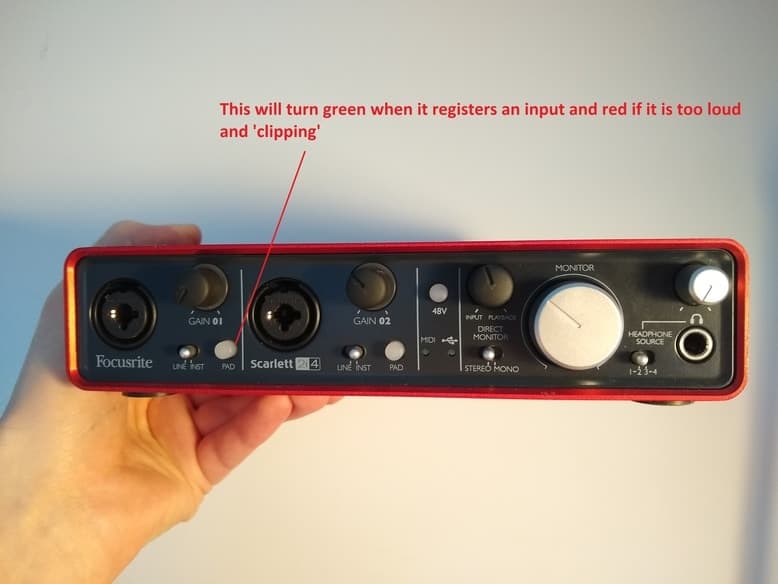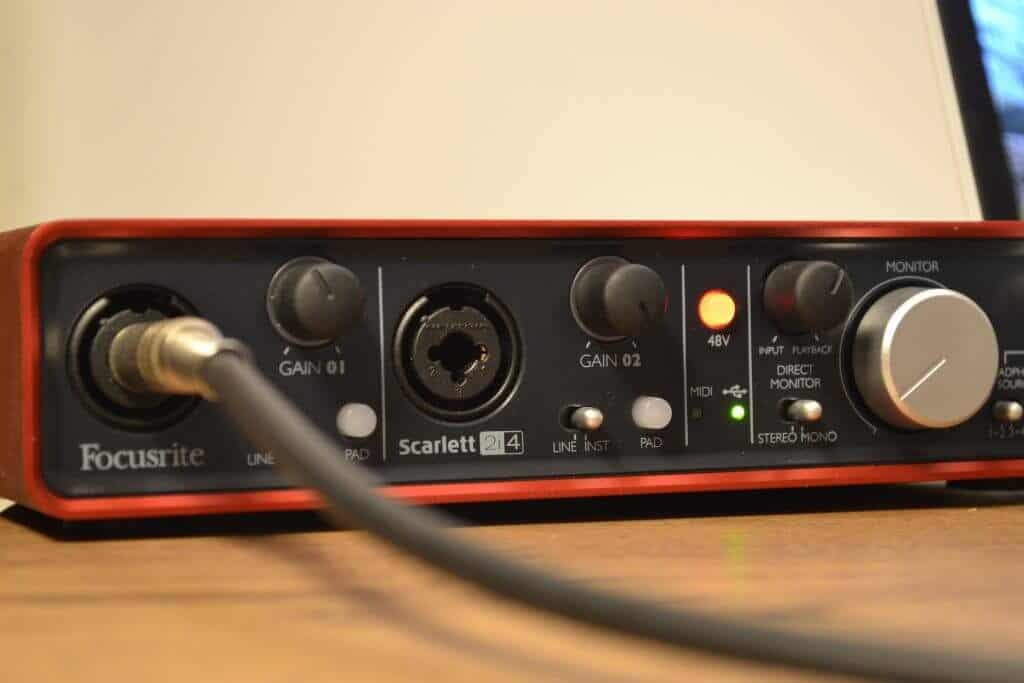How To Record Electric Guitar With Audio Interface – Tips To Follow
We consider electric guitars to be very versatile instruments which anyone will have fun to play with, and there are variety of styles and genres that you can play using the electric guitar. There are so many guitar players all around the world with different playing styles, experience, and inspiration. One thing you would notice among guitarists is how they all share the common goal and passion when it comes to music, and they are always very creative players.
Because of the desire to share how they work, their is a need to record music from the comfort of their homes without having to go to a studio. You might doubt the fact that a guitarist can record from the comfort of his bedroom or living room, but what you fail to know is that there are so many levels of craftsmanship a person can unlock when he has a drive to discover new skills about what he does.
Picture a scenario where you have a recording gig to pull off, and we are not just talking about basic recordings and sharing with other people. We are referring to producing music while playing the guitar, multi-tracking guitar layers, and having access to almost every guitar effect that you can lay your hands on. There is a lot to figure out, and that is why this post talks about how to record guitar with audio interface.
You might wondering the possibility of recording guitar using an audio interface, but here are some of the basic instrument you will need to pull this off.
- 1/4 inch cable
- Computer
- Guitar
- Audio interface
- Digital workstation
A third party virtual guitar rig, headphones, and monitors are other instruments or devices you might need at some point, but the five devices we mentioned earlier are very crucial when you want to record guitar using an audio interface. One problem you might encounter is finding the right audio interface to pull this recording off, and trust me when i say finding the right audio interface can be very challenging.
This is because you will come across several audio interfaces on the market that claim to have a two-channel system for recording, but you should consider sticking to popular brands like PreSonus and FocusRite if you are shopping on a budget. However, you will have access to higher options like Audient and SSL when you invest in a high cost audio interface, and you will also have access to other options from PreSonus and FocusRite.
Recording can be very complex for anyone especially if you are trying it out for the first time, but the benefit that comes with using an audio interface is it cuts away any unnecessary stress and makes the entire process simple. Consider hooking up your interface to your computer first before you do anything else if it is your first time doing this, and ensure all the drivers you need to work with are available.
There are several audio interface options that claims to have a plug and play design, while there are some that will require you to visit their official site to install the drivers for the audio interface to function. You should check these things before picking any audio interface.
Content Navigation
How To Record Electric Guitar With Audio Interface

You can go ahead and plug in your guitar using the 1/ inch jack once your computer detects your audio interface, but a recent trend lately is the design of combo jacks that features the instrument and XLR inputs. If the input you have has a standard 3-pin input then what you have is capable of switching between instrument and microphone levels. This is another convenient design you will find on some audio interfaces.
Start Recording
The moment you finish with wiring, the next step is for you to launch you digital audio workstation and start creating a new track. Your DAW should be capable of recognizing inputs if all your drivers were properly installed and you should be able to select the appropriate inputs. You will see levels showing up on the mixer when you start playing the guitar, but you might need to enable your DAW’s input monitoring feature if you can’t hear yourself while playing.
Adding Tone To Spice Things Up
There are very huge chances that the first recording you make will be completely nothing to write home about, but you shouldn’t feel bad about this. This is because what you recorded is a raw signal that passed through a clean sounding amplifier without pedals, and this is the goal. The goal is obtaining raw signals that you can be able to work with, but the audio interface will provide you clear and great signals.
Find Your Sound
With time, the sound can end up transforming into something bigger and massive, and of the benefits that comes with working guitars in the box is they end up being super pliable. You will be able to find your true sound whether it involves shaping and bending the tones of any track recorded using an audio interface, and the interesting part of using an audio interface to record guitar is it gives you access to several effects, mics, and amps.
Trust me when i say recording guitar at home can be very experimental, challenging, and fun all at the same time, and thousands of people are still searching for ways to record their guitar while playing because of the fact that guitars are a vital part of rock and pop musical genre. There are several benefits that comes with recording yourself while playing the guitar whether in your bedroom, living room, or your home studio.
Listed below are some of the benefits that comes with recording your electric guitar while playing.
- You can listen back to improve when practicing
- You can send your recording over the internet
- You can get reviews from other guitar players
- It helps in releasing your own music
- You will learn layering of sounds
- You get to learn more about post production
- You can spice up your recording by adding audio interface effects
We hope that everything we have provided you with in this post doesn’t just show you the benefits of recording while playing the guitar, but you will also find recording the guitar while playing less challenging and frustrating.

